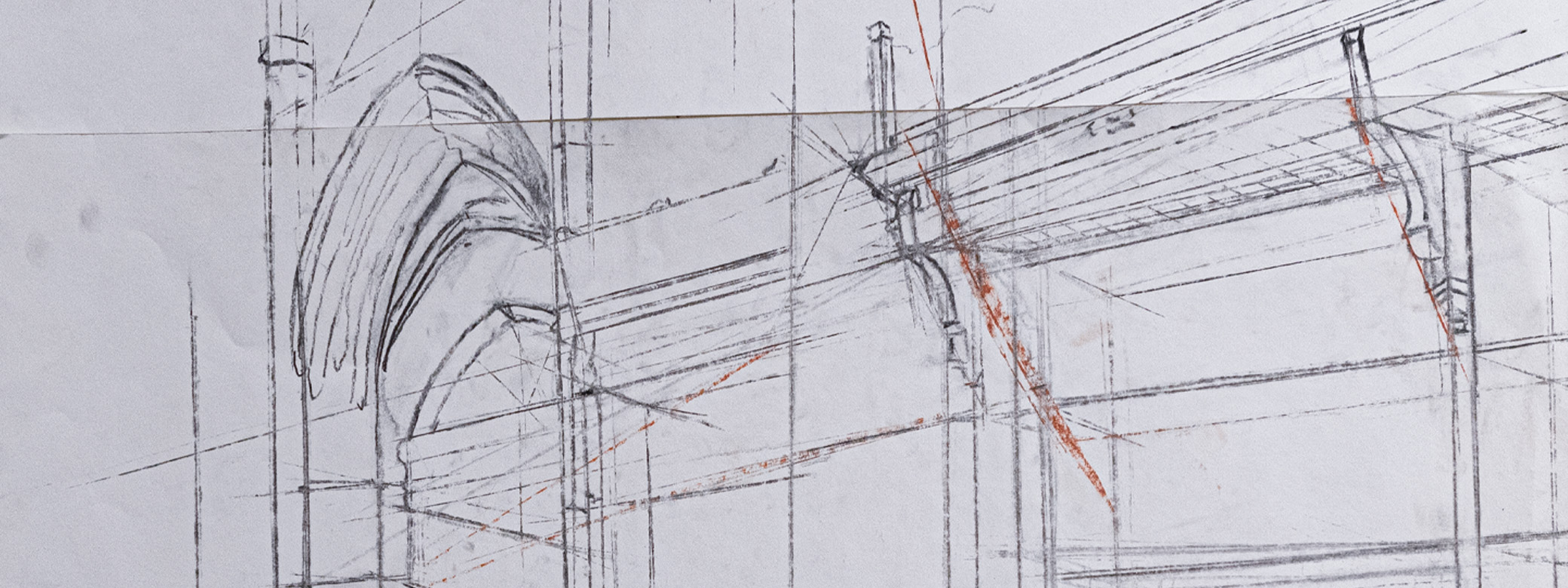During the first half of autumn quarter, I had the good fortune to co-teach our Studio Art Program in Rome: the twentieth iteration of this exceptional and remarkable educational experience, which was launched in 1994. While every study abroad program offers an enlightening and enriching experience, being based at the UW Rome Center — with trips to Lazio, Tuscany, Umbria, Venice, and Milan — brings our students and faculty face-to-face with a confluence of history and creativity in ways that is hard to replicate. Coming across a 2000-year-old sculpture while getting lost on medieval streets in search of a contemporary gallery becomes almost a routine aspect of the day.
The global pace of change that seemed to be overwhelming at times during the past year was evident in different ways in Italy. At times, I lamented the changes, the charm of the old and familiar giving way to something new and different, such as the hard to find gelato spot that had now been discovered by hordes of tourists. But the essence of Rome was essentially unchanged, and our students were able to discover and respond to this remarkable preponderance of art, architecture, and culture just as generations of artists have done before them. Along with my colleagues, Professor Ellen Garvens and Lucy Clink, it was a pleasure to be able to share the students' experiences and guide them through their studio endeavors.
After returning to our Seattle campus, I encountered a different kind of learning experience and likely one that could only happen here. As I was walking the halls of the Art Building to assess some recently completed remodeling projects, I was somewhat startled when I entered a studio classroom to discover a life-size replica of a passenger cabin for lunar tourism. Assistant Professor Jason Germany had arranged a collaboration with Teague, a global design consultancy based in Seattle, to engage his class of Industrial Design seniors in working on the design challenges posed by the Mission to the Moon 2030. The opportunity to work on such an otherworldly project was clearly a thrill for the students, and the final iteration will be on view for Teague visitors on January 11.
Many thanks to all of you who made end-of-year contributions to the School in the midst of so many worthy causes. Your generosity makes a very real and significant difference in helping us achieve our mission. While most of our daily activity is concentrated in our classrooms and studios, winter quarter is the time when we seem to schedule our greatest number of public events with a multitude of lectures, exhibitions, and open houses. Thanks to The Boeing Company and The Dale and Leslie Chihuly Foundation for sponsoring our Critical Issues in Contemporary Art Practice Lecture Series and to the National Endowment for the Arts for providing us with an Art Works grant to host this year’s Jacob Lawrence Legacy Residency featuring C. Davida Ingram. In the coming months, the 3D4M and Painting + Drawing Programs will open the doors of their studios and galleries during their respective open houses and Visual Communication Design Professor Emeritus Doug Wadden will be presenting at Kane Hall in March. If you are in the area, I hope that you will be able to attend some of these events.
Happy 2018 and thank you for your interest and being part of our community.
Jamie Walker
Director, School of Art + Art History + Design
Professor, 3D4M: ceramics + glass + sculpture
Wyckoff Milliman Endowed Chair in Art

